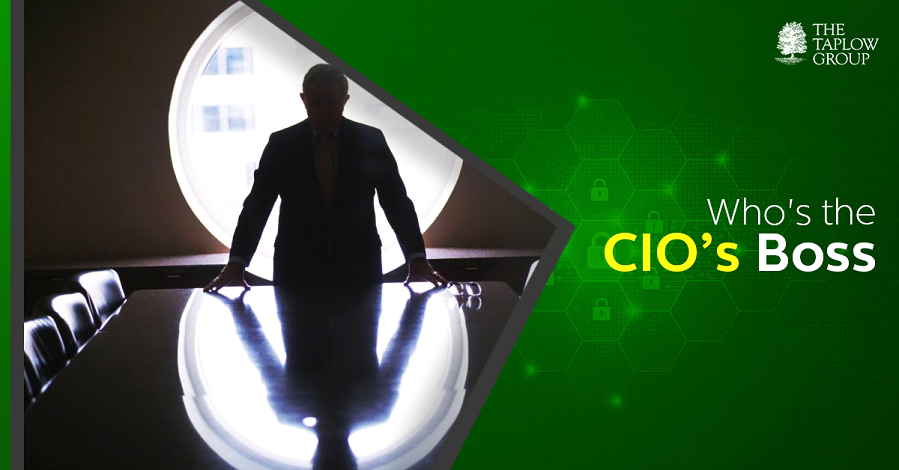The CIO is all set to maximize IT’s impact on an organization due to the greater importance being placed on business intelligence and analytics.
IT plays a very crucial role in almost every aspect of an organization’s operations. Therefore, it’s imperative that the CIO reports to the individual whose major focus is the organization’s overall strategic performance i.e., the CEO.
In today’s competitive world a CIO is expected to have so much more than just technical competence. They should display leadership qualities, and possess considerable business acumen when it comes to strategy, growth and relationships
According to a recent study by Deloitte, a growing number of global CIOs are reporting to CEOs. This is more likely to happen in cases where CIO is at helm of digital transformation. A direct reporting line to the CEO facilitates increased visibility, stronger sponsorship of efforts and a better overall collaborative environment. Most CIOs prefer reporting to the CEO over the CFO for IT budgeting and strategy as well.
On the other hand, CFOs tend to get surrounded by numbers, such as ROI, cost benefit analysis and payback periods—all of which are important in building the business case—but numbers have a tendency to slow down the decision-making in the long run. CFOs are often not open to taking risks. They are of the opinion that their main priority is securing the organization’s finances, so they need to be cautious, control expenditure and implement stringent processes.
When reporting to the CFO, the CIO may feel the pressure to operate conservatively and therefore run the risk of missing opportunities to gain competitive advantage, especially in the long-run. CIOs should be able to offer their expertise when it comes to decision making about the future direction of their organizations and that can happen only when they get more visibility for IT and attention to key decisions about its utilisation.
“The quickening pace of digitalization and technological innovation are changing the CIO role from delivery executive to business executive,” Gartner says.
The most recent Harvey Nash/KPMG CIO Survey (released a year ago) shows 62 percent of CIOs as members of their organization’s executive committee compared to 38 percent in 2005. The likelihood that CIOs are reporting to the CEO rather than the CFO or someone else is rising by about 10 percent a year.
As organizations turn their attention to digital innovation as a top priority, they are counting on CIOs to drive it. CEOs no longer see IT as a cost center but as a differentiator, a center of innovation, and an enabler of revenue growth and market differentiation.
